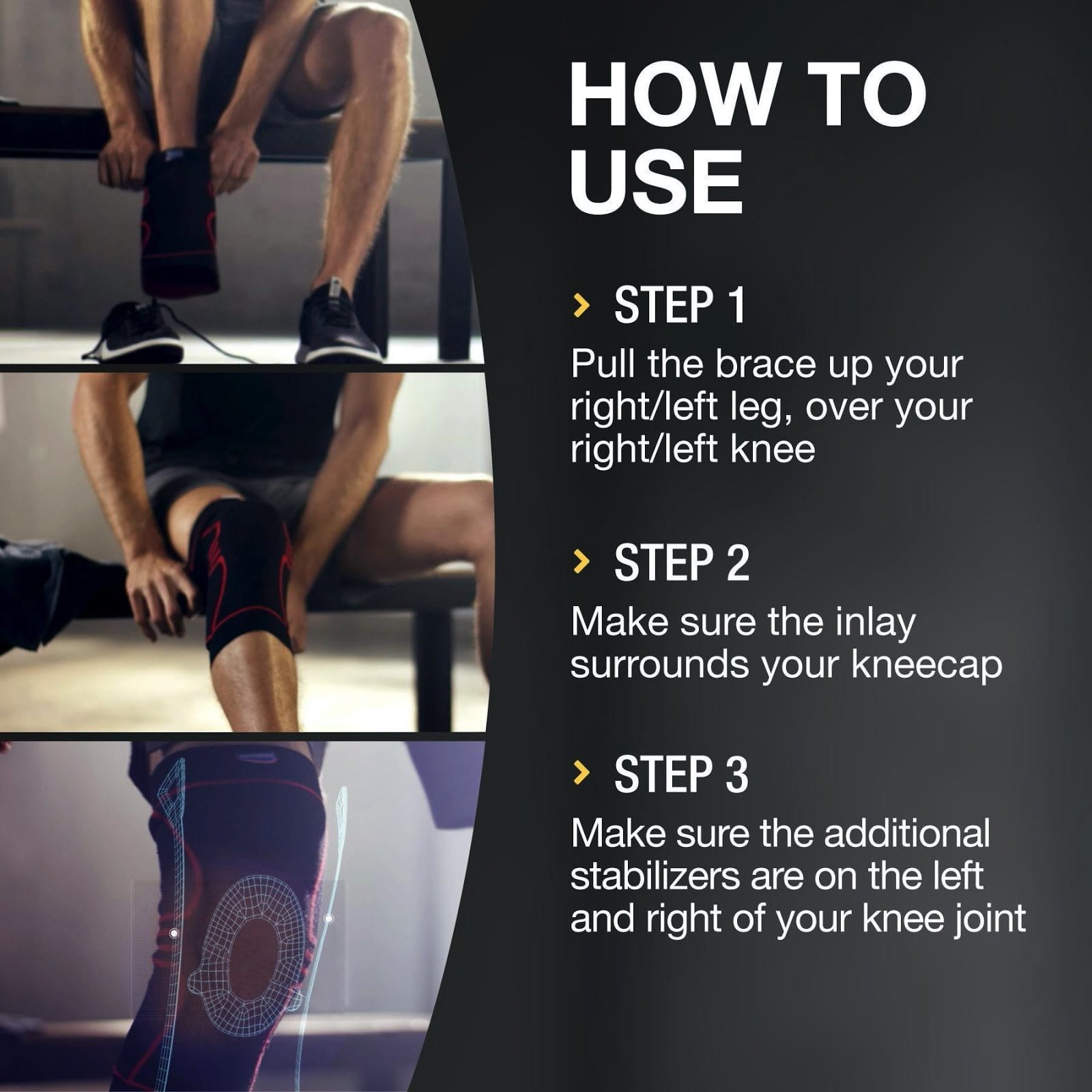How to Wear a Knee Brace Correctly- Step by Step Guide
Knee brace often paints the picture of an athlete wearing it during his game. While a knee brace is the knee support and protection for athletes, it is also a supportive brace for knee pain, injured joints and weak knees. It not only protects the injured portion of the knee but also acts as a knee stabilizer providing brace pain relief. We at Hansaplast have brought to you a Sport Knee Brace that you can wear to conquer your knee problems! With breathable fabric, silicone patella cushions which helps in protecting from re-injury and provides targeted support for easy movement, universal design for both right and left knee and developed with expert’s supervision this knee brace is here to wave good-bye to your knee problems.
Picking a knee brace and wearing it has to be monitored professionally hence, we have collated a step by step guide on how to wear a knee brace correctly.




